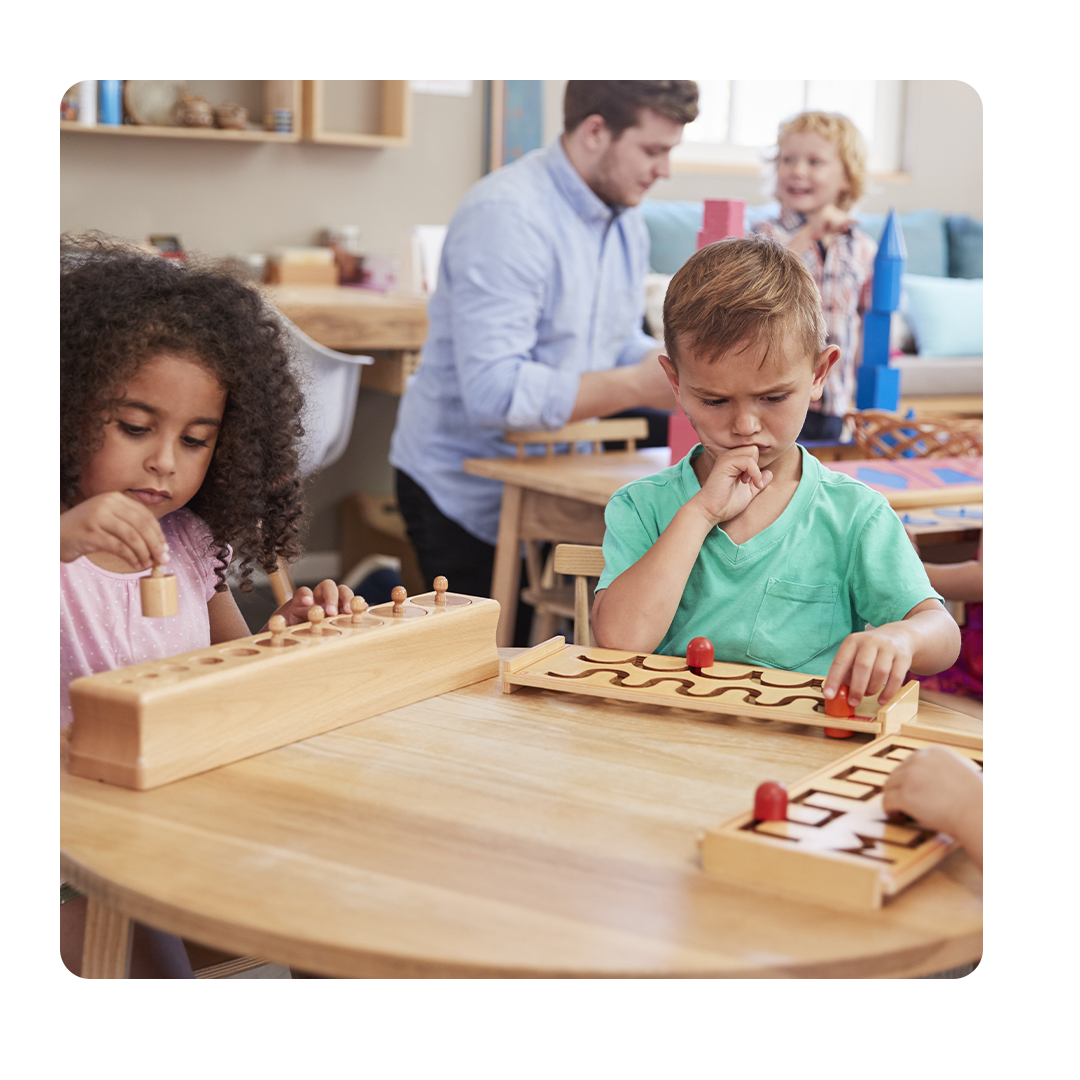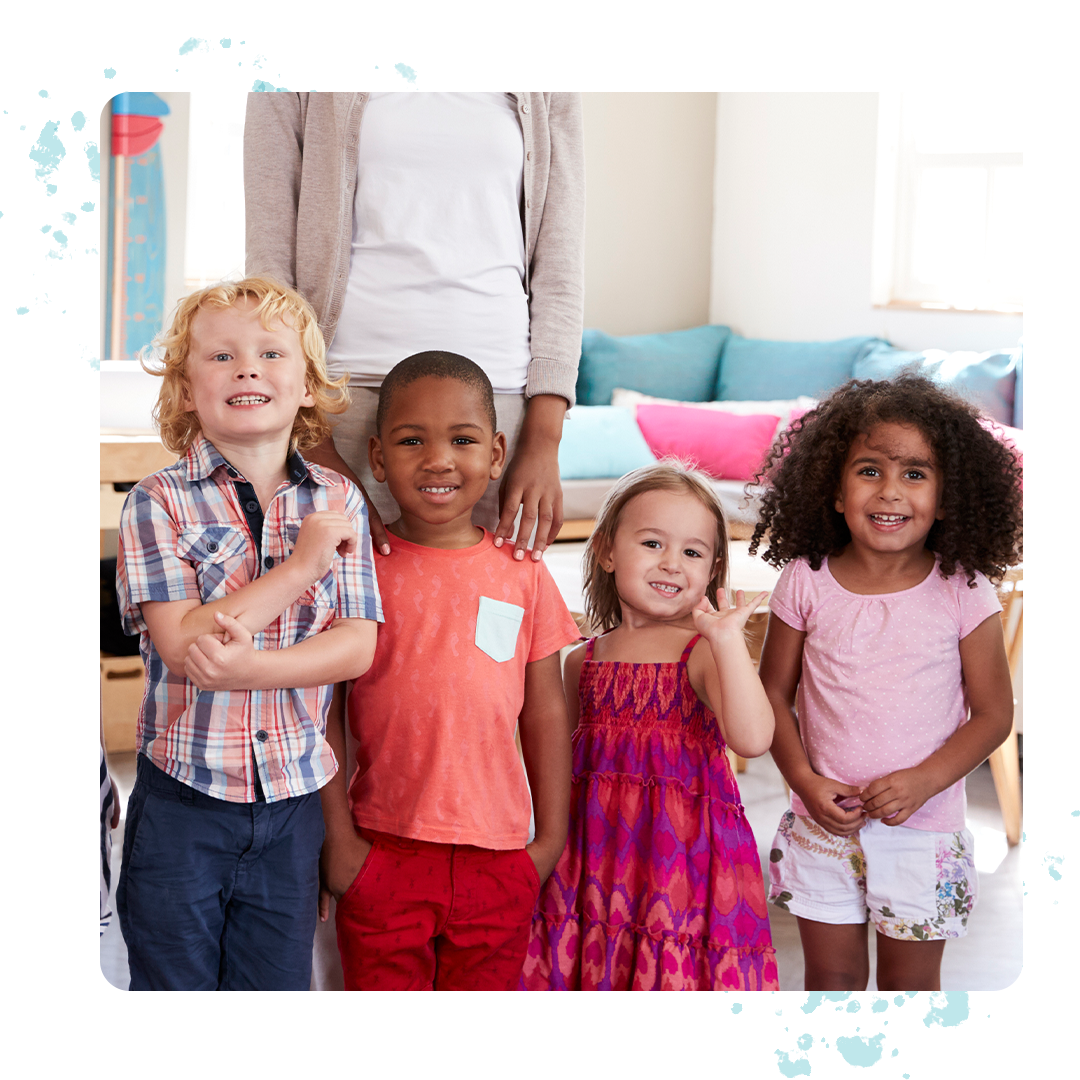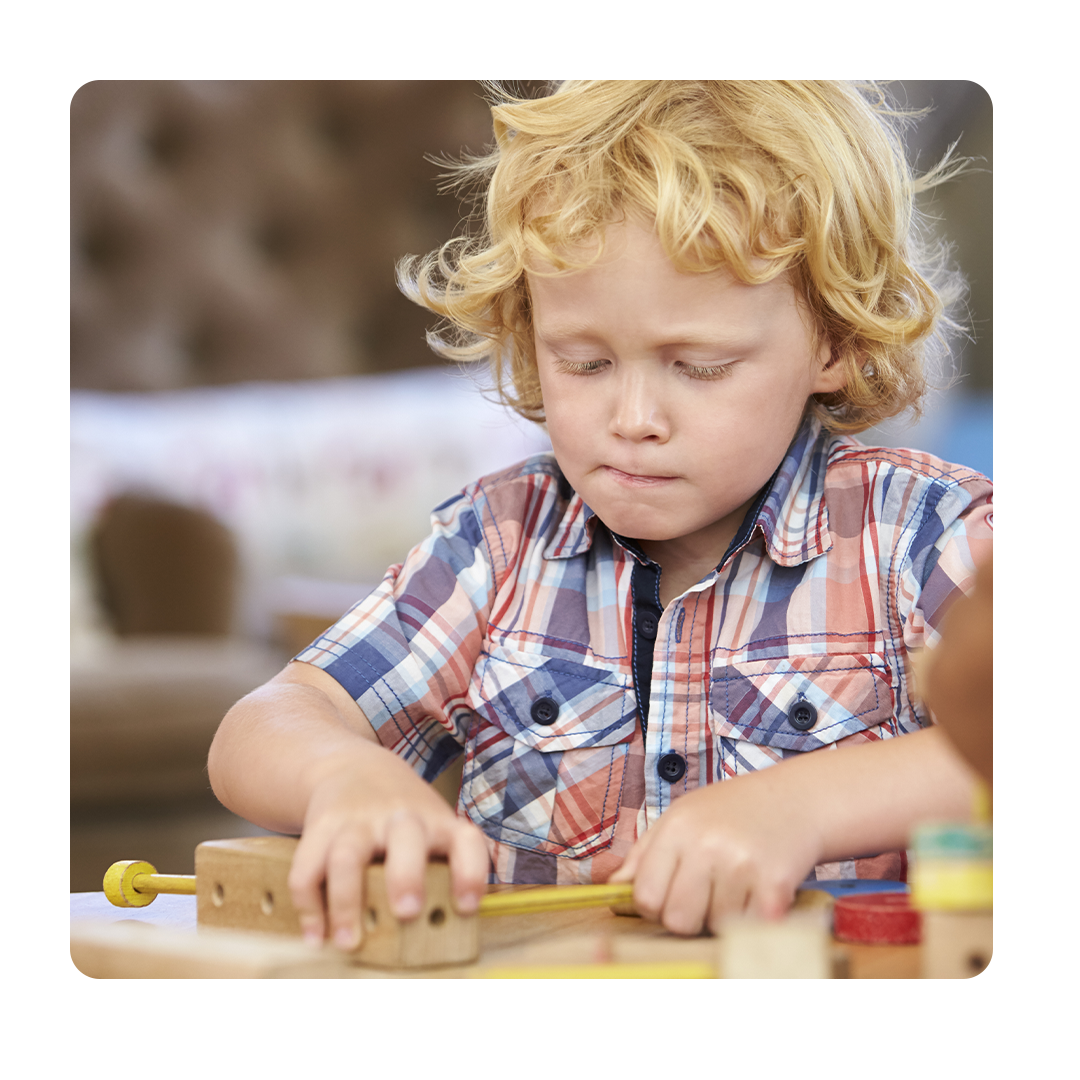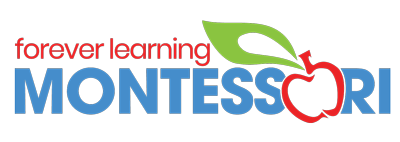Public vs. Charter vs. Montessori Schools
Should You Take Your Child to a Montessori School?
Going to school is important in any child’s development. Attendance at a Montessori school gives the child the best start and more understanding of concepts that will be more useful in their adult life. It all starts in kindergarten. Enrolling your child enables them to develop and learn new ideas and important skills. It also allows them to create friendships and good relationships with the teachers.
In this respect, they can be comfortable hence adapting to school life. As a parent, you might be thinking of taking your child to a learning setting, but you cannot just do it offhandedly. You have to think deeply about it and plan accordingly. Given that, there are different types of schools from public, charter to Montessori schools, choosing gets tough. Here are some of their differences in regards to curriculum. Check them out!


Learning Materials
When considering a daycare or preschool for your child, it's essential to understand what activities and resources they will have access to. While public and charter schools offer various learning resources, research and interviews reveal that they may not always provide enough to guarantee success. This challenge arises from the large number of students they serve. However, Montessori schools stand out as they offer a wide range of learning materials for students from early childhood through kindergarten.
Some common learning materials include:
- Sensorial materials: These materials aim to enhance the senses and develop fine motor skills, such as the Pink Tower, Cylinder Blocks, and the Knobbed Cylinders.
- Practical Life materials: These materials help develop life skills and independence, such as pouring, buttoning, tying shoelaces, and polishing.
- Math materials: Montessori math materials include the Number Rods, Sandpaper Numbers, and the Golden Beads, which allow for hands-on exploration of mathematical concepts.
- Language materials: Materials like the Sandpaper Letters, Moveable Alphabet, and Reading Cards support language development, phonics, and reading comprehension.
- Cultural materials: These materials introduce children to concepts like geography, biology, history, and science. Examples include puzzle maps, animal study materials, and timelines.


The Age Span of Children
Starting preschool is a major life change for any child. As a parent, you want to make sure you take them to school at the right age. All schools enroll children for preschool at ages three and four and kindergarten at age five. However, public and charter schools have classrooms containing students of the same age while Montessori’s classrooms contain students with an age difference of three years. This encourages the social and behavioral development of the children.


Learning Guide and Speed
While you are thinking of a new chapter of your child’s life it is crucial to know the kind of pace they will be taking since you know their limits. In charter schools, completing assignments and projects assigned by the teacher on time is important. Meeting deadlines and accomplishing test scores is what determines your success in school. This goes for public schools too. On the other hand, Montessori curriculum sets learning and tasks done well without interruptions. They do tasks of their own choice and complete them at their own pace. The teacher’s role is to motivate and observe the advancement of learning.


Learning is an ongoing process, and as they say, a child’s proper foundation determines their future success. Therefore, enrolling your child in a good preschool and kindergarten is important. At Cy-Fair Montessori School, our teachers have extensive experience with early learning and we are sure to give your child the best. Schedule an appointment with us today.
